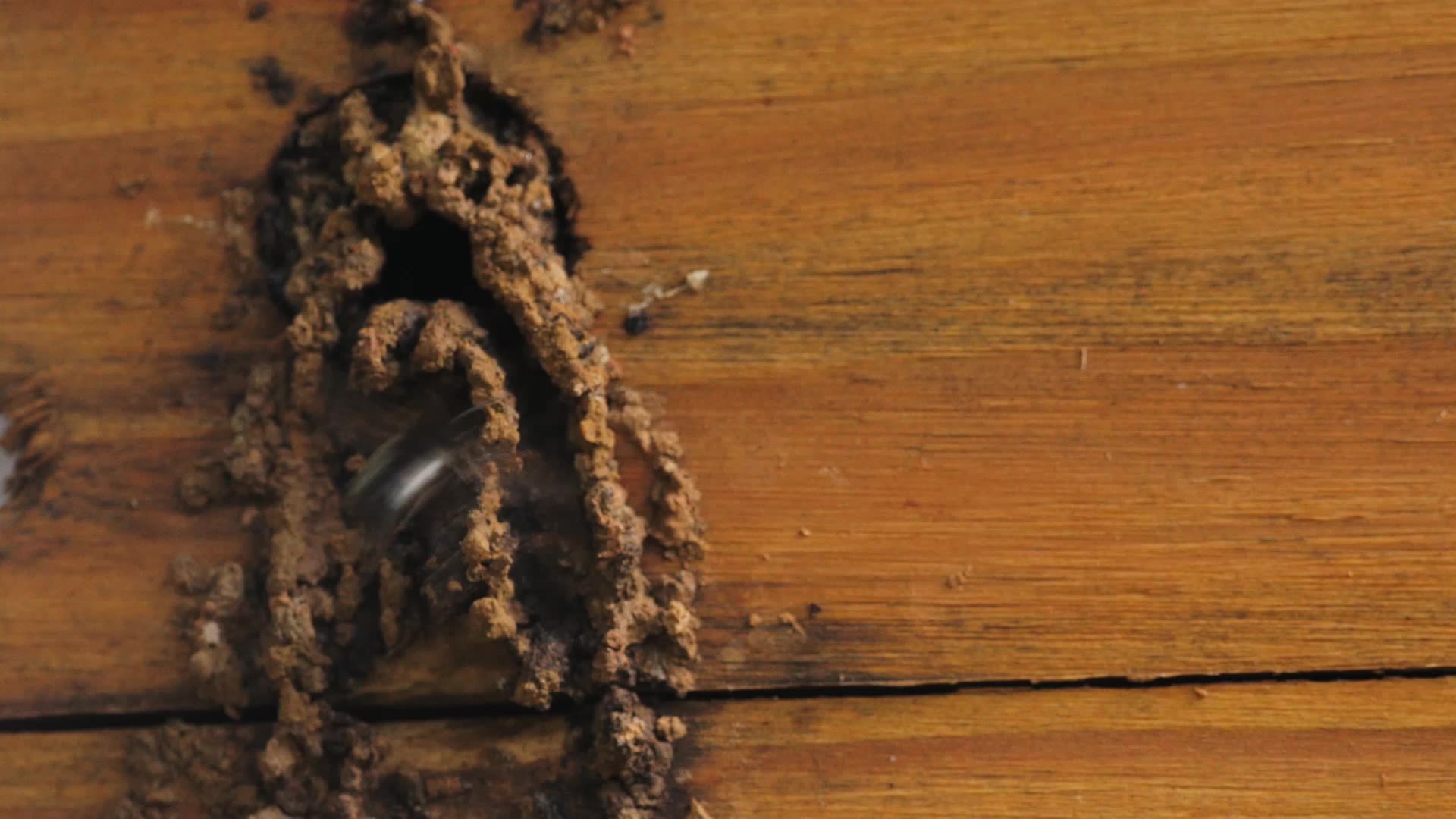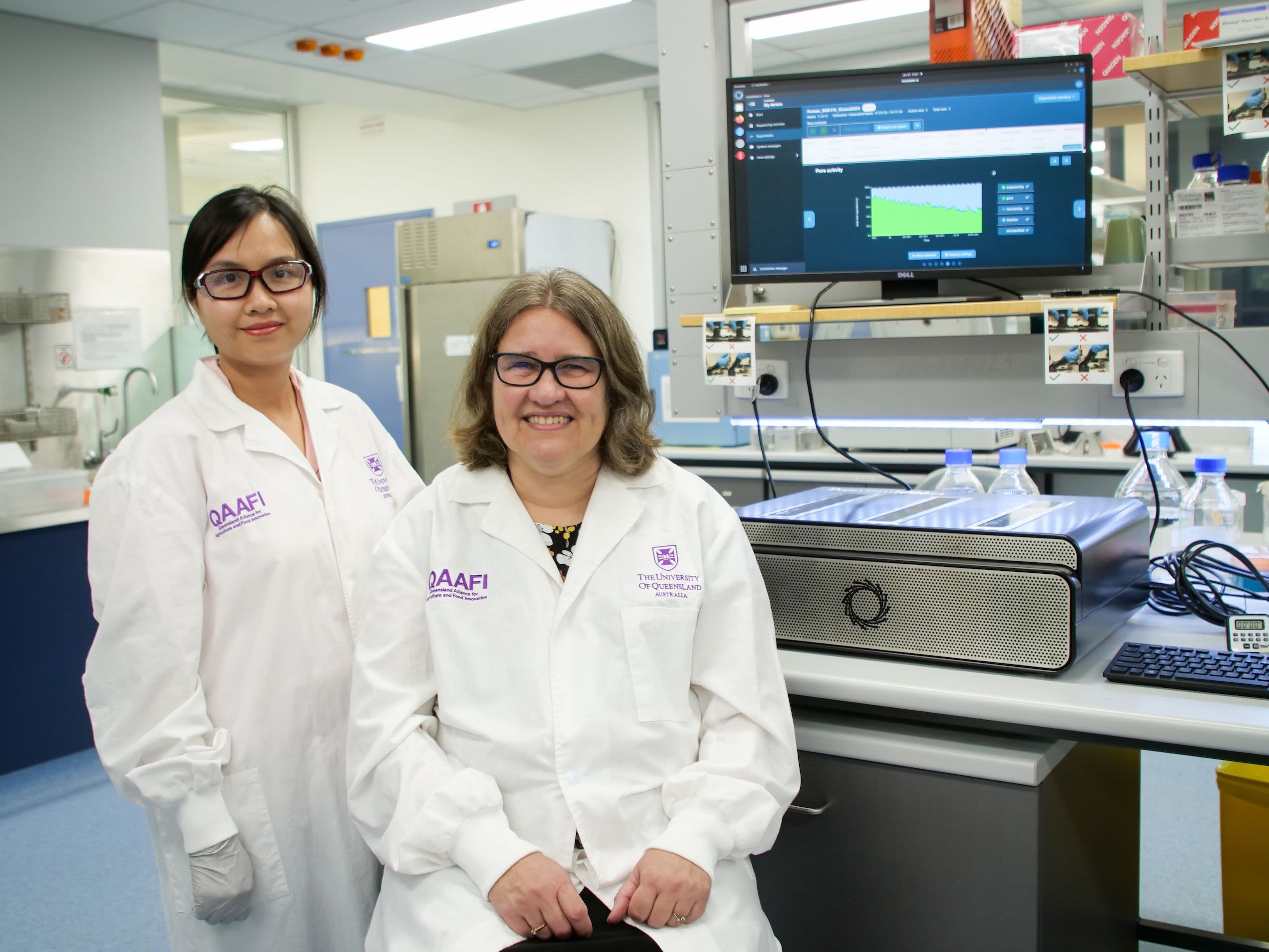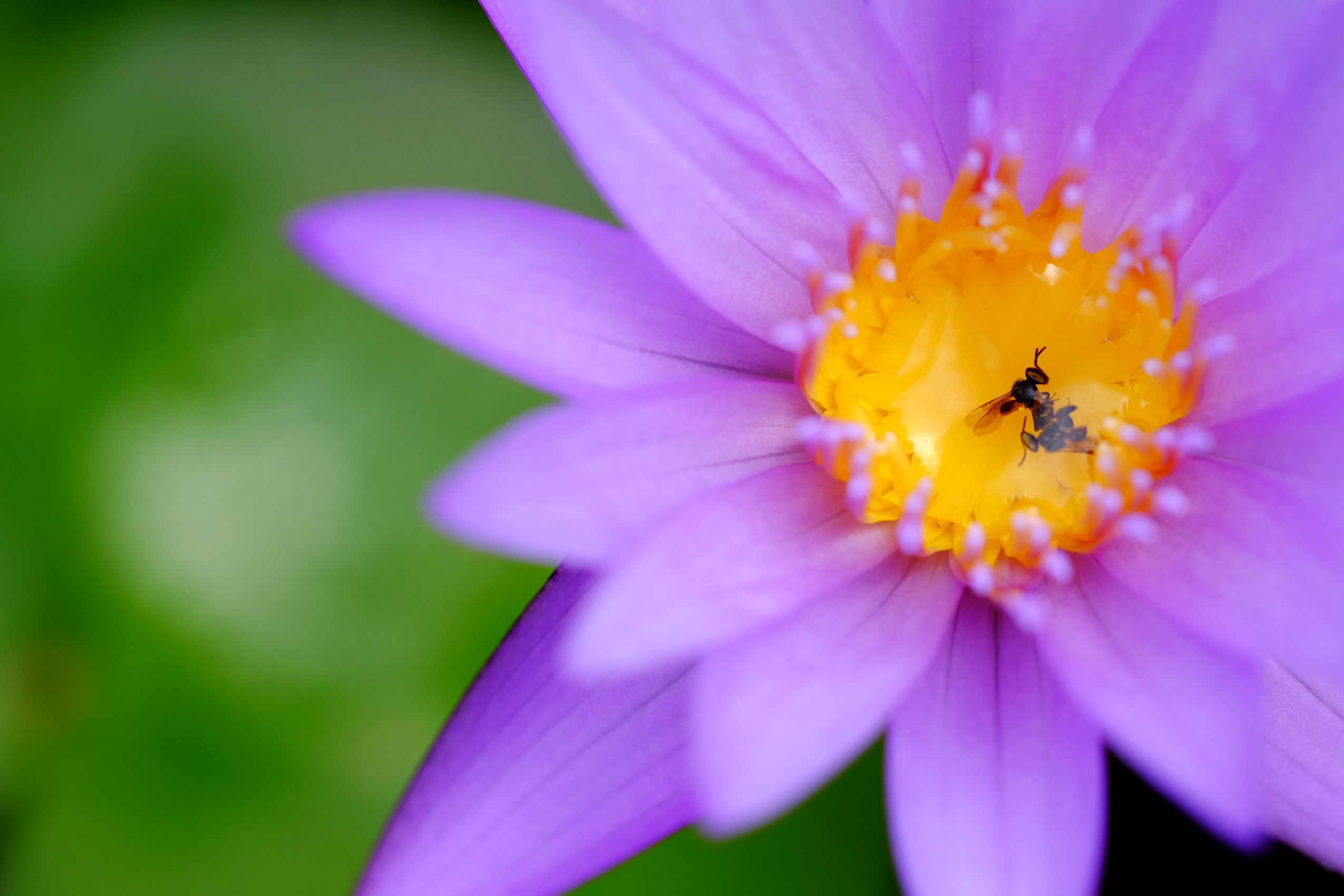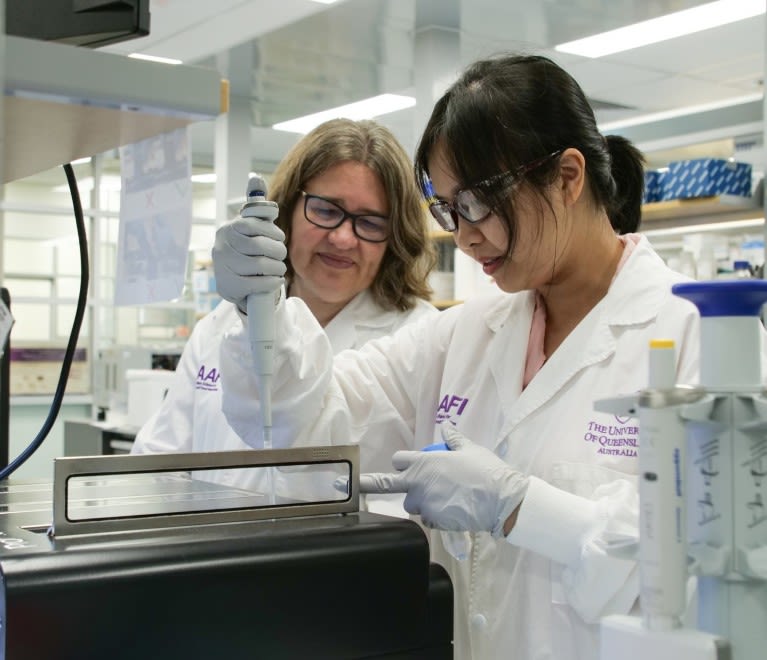Honey from stingless bees may offer sweet perks without the tooth decay

Scientists are studying honey produced by the world’s stingless bees and are searching for benefits to sweet-toothed consumers. These could include reduced dental cavities and fewer spikes in blood sugar.
Stingless bees produce a healthier honey, uniquely rich in a rare sugar, called trehalulose, which may have benefits ranging from ranking low on the glycaemic index (GI) to displaying antioxidant properties, researchers from the University of Queensland have shown.
The discovery could support the growth of stingless bee honey markets, and ultimately enable healthier sweet treats of all types, the scientists argue.
Similar to the familiar European honeybee, stingless bees form colonies consisting of one queen tended by multiple foraging workers that make and store honey from the nectar that they gather.
More than 600 stingless bee species are known across tropical and subtropical regions of the world. The indigenous peoples of these regions have often considered stingless bee honey to have therapeutic properties.
Although stingless bees are typically less productive than honeybees, their honey is an established food in many regions, including Malaysia.

Loan Nguyen (left) and Dr Natasha Hungerford (right) in the UQ lab.
Loan Nguyen (left) and Dr Natasha Hungerford (right) in the UQ lab.
“We had a visiting researcher from Malaysia, Norhasnida Zawawi, who was interested in analysing the sugars in stingless bee honey,” says UQ's Dr Natasha Hungerford, a senior research fellow and an organic chemist, who led the analysis.
The team, including Hungerford and Zawawi — of the Universiti Putra Malaysia in Serdang — collected honey samples from two stingless bee species from Malaysia, two from Australia, and one from Brazil.
“When we characterized the sugars the honey contained, we got a surprise — we found a large amount of a disaccharide that didn’t match any of the usual standards for sugars in food,” Dr Hungerford says.
The mystery compound was the dominant disaccharide in each honey sampled. After isolating the sugar and running further analytical tests, the team identified it as trehalulose.
“It’s an exciting finding, because this sugar is not the major component of any other food,” Hungerford adds.

A stingless bee on a purple lotus flower. Image: Adobe Stock/srckomkrit
A stingless bee on a purple lotus flower. Image: Adobe Stock/srckomkrit
Chemical cousins
Despite being a close chemical cousin to table sugar (sucrose), trehalulose has very different health effects due to its much slower breakdown into glucose and fructose in the digestive system and a more steady rise of blood glucose in the bloodstream. As well as being low GI2 and a potential antioxidant, trehalulose likely doesn’t cause tooth decay, yet still has a sweet taste.
Dr Hungerford described the taste of Australian stingless bee honey — known as ‘sugarbag’ — as a pleasant “acid-sweet flavour”.
Stingless bee honey can’t currently be officially sold as honey in many regions of the world, including Australia, because its distinct sugar composition doesn’t meet the international food standard definition of honey.
“Following our work, the Australian Native Bee Association applied to Food Standards Australia and New Zealand to modify the standard to include stingless bee honey,” Dr Hungerford says.
A decision is expected in mid-2024.

Loan Nguyen with Dr Natasha Hungerford analysing a sample.
Loan Nguyen with Dr Natasha Hungerford analysing a sample.
If the stingless bee honey food standard is agreed in Australia and other regions, the honey could increasingly be adopted as a healthier sugar source on kitchen benches and breakfast tables around the world. But the implications for the food industry could go beyond offering a healthier topping for oats, toast, or pancakes, Dr Hungerford adds.
In experiments exploring how stingless bees make trehalulose, the team supplied the bees with different sugar sources, and found that trehalulose is made very selectively from sucrose.
“We are now working, with funding from Sugar Research Australia, to identify any genes and enzymes that the bee uses to produce trehalulose,” Dr Hungerford says.
“Hopefully that discovery could inspire a way to manufacture pure trehalulose, which could be used in many products as a low GI sweetener. That's the long-term goal.”
Each month, Research News uses the latest findings to help explain the issues facing your community.
This article was written by Nature on behalf of The University of Queensland. You can view the original article here.
